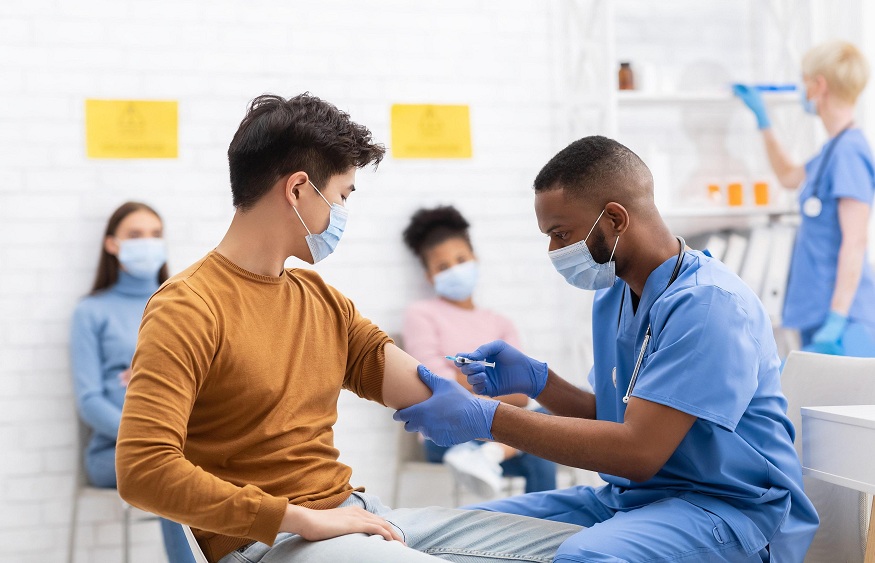The Crucial Role Of Medical Clinics In Immunization Programs
Medical clinics play a key role in our health. They are vital in delivering immunization programs. With a focus on prevention, clinics help keep communities healthy. These facilities offer vaccines to protect against diseases. They also provide education on the importance of vaccines. While topics like peptide therapy fairfield gain traction, the foundational work of clinics in immunization remains unmatched. Understanding their role can help us appreciate the systems that keep us safe.
Why Immunization Matters
Immunization is one of the most important steps in preventing disease. Vaccines train our immune systems to fight infections. Without them, diseases like measles and polio could spread easily, causing widespread illness. Clinics are front-line defenders in this effort. They ensure vaccines reach those who need them most.
The Role of Clinics
Clinics serve as access points for vaccines. They provide a safe and professional environment for immunization. Nurses and doctors administer vaccines and monitor for side effects. Clinics also track vaccination records, ensuring people stay on schedule. This systematic approach is key to maintaining herd immunity.
Benefits of Vaccination
- Reduces the spread of infectious diseases
- Protects vulnerable populations, such as infants and the elderly
- Prevents potential epidemics and pandemics
Challenges Faced by Clinics
Despite their importance, clinics face challenges. Misconceptions about vaccine safety create hesitation. Some people question their need for vaccines. Clinics work hard to educate and reassure the public. They provide clear, factual information about vaccines and their benefits.
Clinic Success Stories
Throughout history, clinics have played a part in eradication efforts. Smallpox, for example, was eradicated in 1980 thanks to widespread vaccination. Clinics were central to this achievement. Their ability to reach diverse populations made a global impact.
Comparative Data on Immunization Coverage
| Year | Global Immunization Rate (%) | Diseases Controlled |
| 1980 | 20% | Measles, Polio |
| 2000 | 70% | Measles, Polio, Diphtheria |
| 2020 | 85% | Measles, Polio, Diphtheria, Hepatitis B |
This table shows the progress in global immunization over the years. It highlights the role of clinics in increasing vaccine coverage. For more detailed statistics, visit the World Health Organization’s immunization page.
Looking Ahead
Moving forward, clinics will continue to adapt. They are exploring new ways to deliver vaccines, like drive-through clinics and mobile units. These strategies make vaccines more accessible. Clinics also play a crucial part in responding to new health threats, such as COVID-19.
Conclusion
Medical clinics are essential in the fight against infectious diseases. Their role in immunization programs cannot be overstated. By providing vaccines and education, clinics help maintain public health. They protect communities and save lives. To learn more about the impact of vaccinations, visit the CDC’s vaccine information page. Understanding the vital work of clinics enhances our appreciation of their efforts and prepares us for a healthier future.


Leave a Reply
You must be logged in to post a comment.